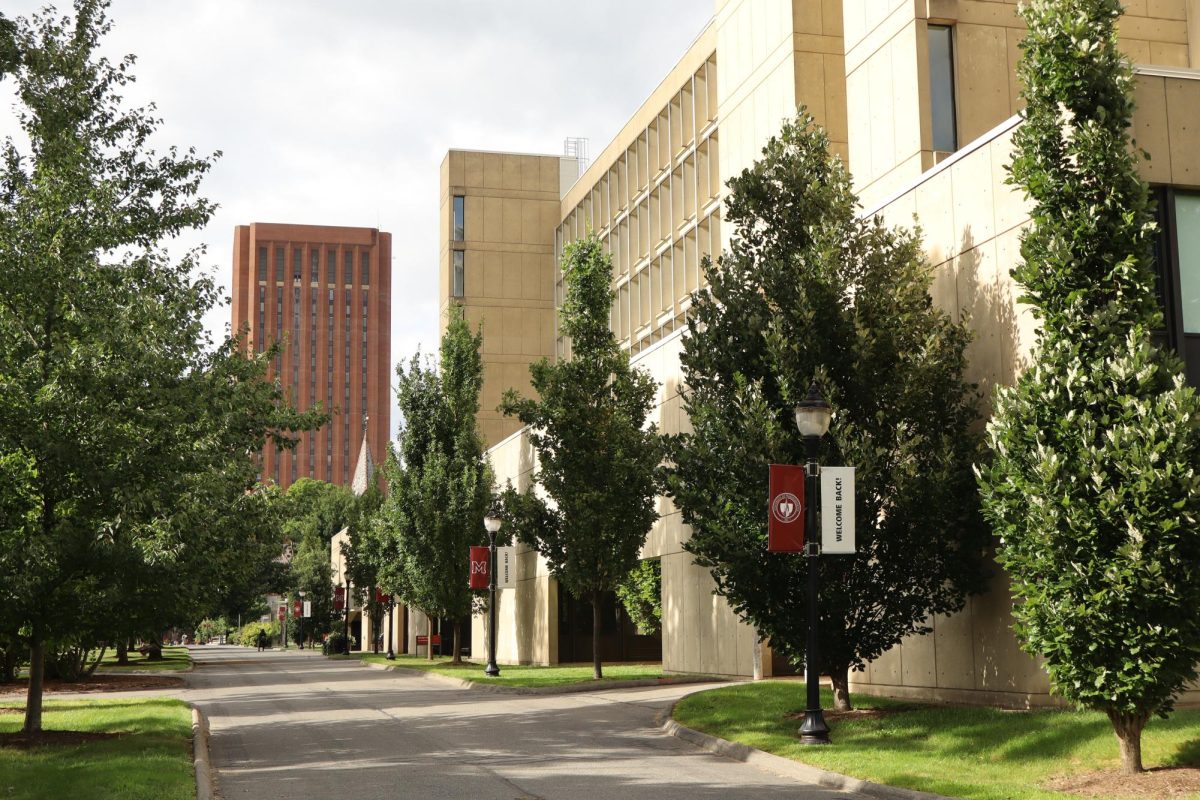The news everyone has been talking about is the healthcare bill that finally passed over the weekend, but there is another important piece of legislation riding the healthcare bill’s coattails: a student loan bill. For many students, the effects of this bill will be significantly more immediate than those in healthcare reform.
This bill will follow the same expedited rules as the healthcare legislation did in the Senate if it passes in the House. A similar version of this bill was passed by the House of Representatives members last year, but it failed in the Senate. This time, it will need only a simple majority to pass, which nearly all but guarantees its success.
For the past four decades the government has paid fees to private banks and lenders so that they could act as intermediaries in the issuing of student loans. The government has essentially subsidized loans from private companies in order to keep the interest rate down for students. If this bill is passed, the government will be the originator of all assistance loans.
Naturally, the banks and other lenders have lobbied against this bill, but so far they have failed. This will end a long-term source of revenue for these companies, but it will help students and taxpayers. Though government subsidized loans from private businesses help students, the interest rates have generally been higher than those on loans issued by the government, which will help more students minimize their debt.
By increasing loans and other aid issued directly from the government, the Congressional Budget Office estimates that the government will save approximately $61 billion over 10 years. Forty billion of this money will go into higher education over the next 10 years, the majority of which – $36 billion – will be put into the Pell Grant program to increase the amount students can receive per year as well as the number of students receiving funds. One can only hope that the remaining $4 billion is put into loan programs that will reach far more students than the Pell Grant. The remaining $19 billion will be used to reduce the budget deficit and to offset the costs of the new healthcare system.
The bill proposed last year was significantly more ambitious. It planned to allocate more money to student loan plans, community colleges, and an additional $8 billion for early childhood education. The maximum Pell Grant would also have increased to $6,900 over the course of 10 years, whereas the current bill is only increasing the maximum by about $400, from $5,500 next year to $5,900 in 10 years.
Every year the University of Massachusetts Financial Aid office helps approximately 20,000 students to receive $198 million dollars, but only a small amount of students receive the Pell. Although the first increases from this legislation would not come into effect for two years, students who are still in school at the time may receive more funding. In addition, since the campus may be adding to its overall number of students in the coming years, the number of students affected by these changes could increase from the current average.
More than just here at UMass, community colleges and historically black colleges will likely see an increase in funding for their students, since they have traditionally received more Pell Grant students. This increase will help offset the growing number of students expected to enter college over the next several years, and it may encourage some who thought that they could not receive enough money to attend college to go.
For students unaffected by changes to the Pell Grant who still need aid, opportunities for loans and scholarships will not be diminished by the increase of funds used for the Pell Grant or by eliminating assistance loans from private companies. This bill will increase the number of parents eligible in the loan PLUS program, which has lower interest rates in the direct loan program than the average private loan.
In addition, this legislation will change rules about loan repayment, but only on loans issued after July 1, 2014. The new rules are, as far as income based repayment is concerned, the percentage of discretionary income on which loan repayment will be based will drop from 15 percent to 10 percent, and loan forgiveness will be accelerated to 20 years from 25. Overall, this bill will create good changes for the federal aid system, but most of us will not be in school long enough to see its effects.
Sara Crossman is a Collegian columnist. She can be reached at [email protected].












Grant Assistance • Oct 20, 2010 at 1:27 am
More reasons why they have to set new rules abut loan payment? If this change can benefit to many then good.